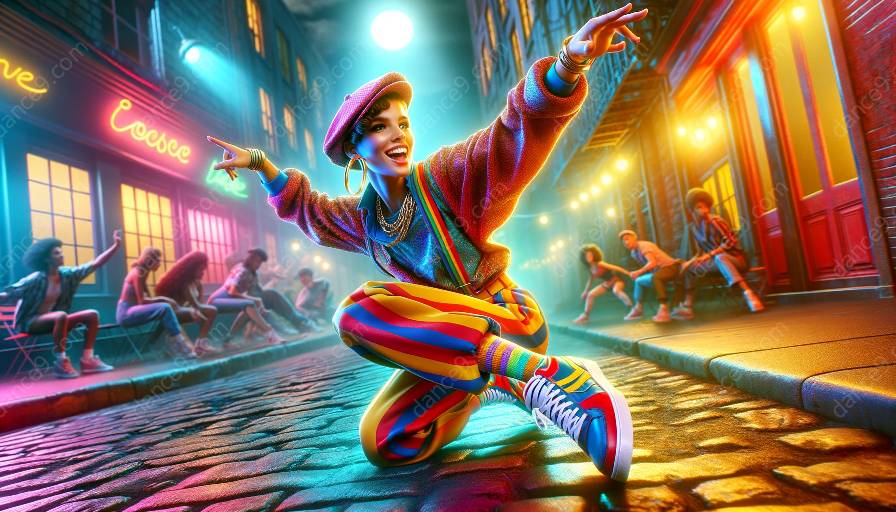Locking is a popular dance style that requires precision, fluidity, and flair. Mastering the elements of successful locking performance is essential for dancers looking to excel in this captivating art form. This article explores the key factors that contribute to a successful locking performance and how they are applicable to dance classes.
Understanding the Elements of Successful Locking Performance
To achieve a successful locking performance, dancers must master several key elements that contribute to their overall stage presence and impact.
1. Technique and Execution
Technical proficiency is crucial in locking performance. Dancers must execute intricate moves with precision, emphasizing sharp and defined movements while maintaining a fluid and dynamic flow. Proper form, timing, and control are essential for delivering a captivating performance.
2. Musicality and Rhythm
Locking is deeply rooted in rhythm and musicality. Dancers must synchronize their movements with the beat and rhythm of the music, accentuating the groove and funk elements that define locking. Understanding the music and expressing it through dance is fundamental to a successful locking performance.
3. Performance and Showmanship
Successful locking performers exude confidence and charisma on stage. Showmanship, energy, and stage presence play a significant role in captivating the audience and creating an engaging performance. Dancers must connect with their audience, convey emotion through their movements, and command attention with their presence.
4. Creativity and Innovation
Locking encourages creativity and innovation. Successful performers incorporate original and inventive moves, transitions, and concepts into their routines, showcasing their individuality and artistic expression. Pushing the boundaries of traditional locking while paying homage to its roots is vital for a compelling performance.
Applying the Elements to Dance Classes
The elements of successful locking performance are directly applicable to dance classes, providing valuable insights and guidance for aspiring dancers looking to improve their skills and stage presence.
1. Technical Training and Development
Dance classes offer a structured environment for dancers to refine their technique and execution. Focusing on fundamental locking movements, precision, and control during classes helps dancers develop the necessary skills for successful performances.
2. Musicality Workshops and Training
Incorporating musicality workshops and training into dance classes enhances dancers' ability to connect with the music and rhythm. Understanding musical cues, exploring different genres, and cultivating a sense of groove and timing enriches the overall dance experience.
3. Performance Workshops and Expression
Dance classes can include performance workshops to nurture students' showmanship and stage presence. Encouraging dancers to express themselves, engage with the audience, and convey emotion through movement fosters a dynamic and captivating performance style.
4. Creative Choreography and Exploration
Dance classes provide a platform for dancers to explore creative choreography and innovative concepts. Encouraging students to experiment with new movements, transitions, and individual expression fosters a culture of creativity and self-discovery within the locking community.
Conclusion
Mastering the elements of successful locking performance is a journey that requires dedication, passion, and a commitment to continuous improvement. By understanding and applying these key elements, dancers can elevate their locking performances and contribute to the vibrant and dynamic world of dance classes and locking communities.













































































